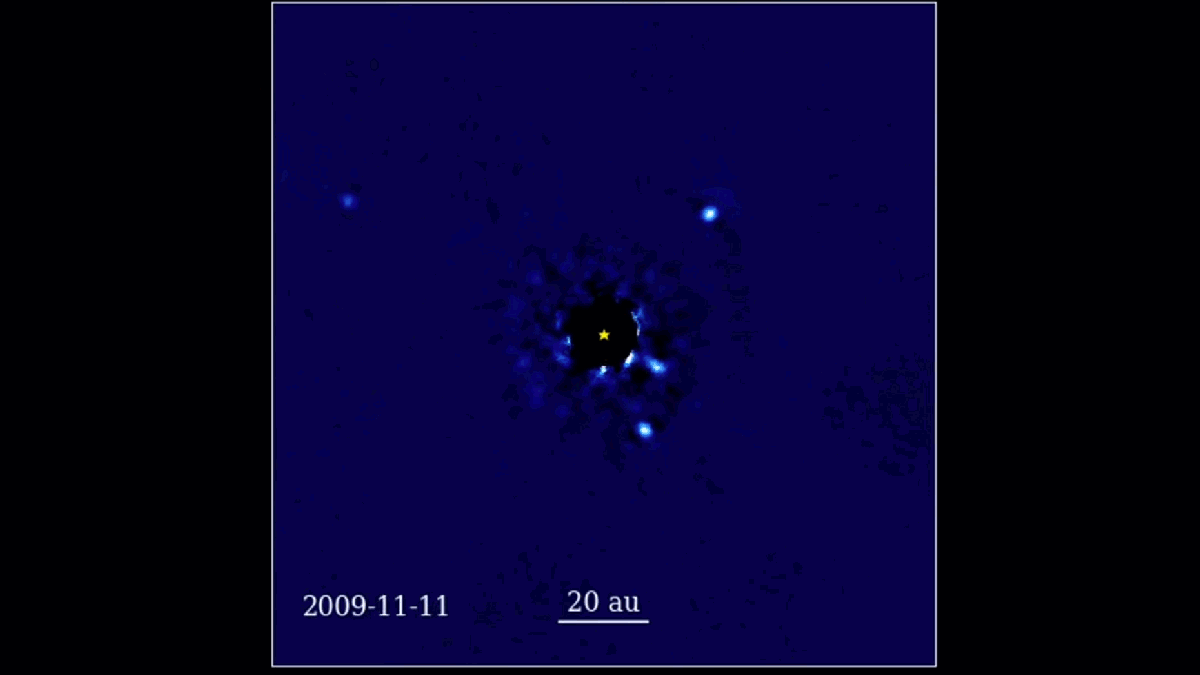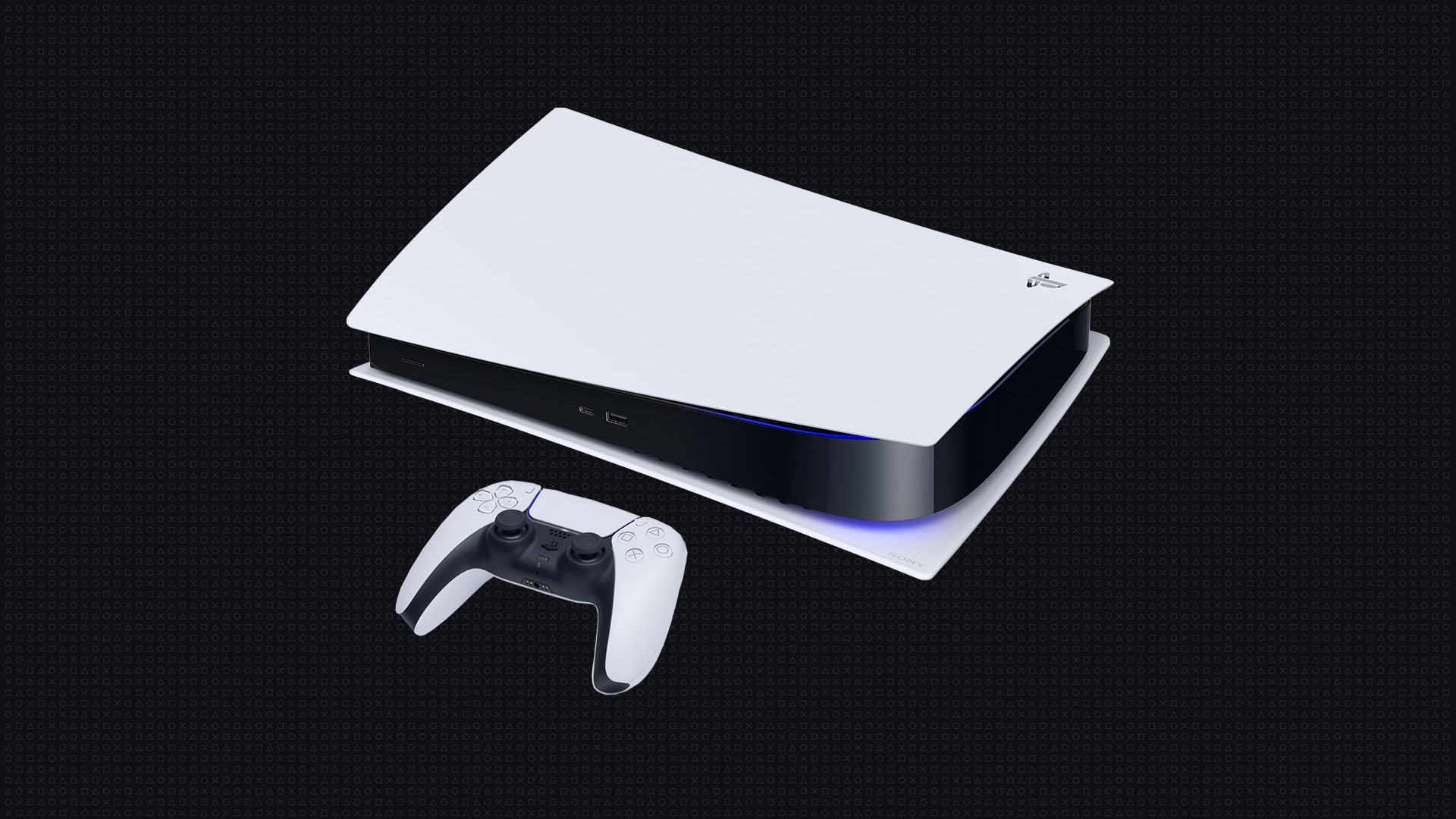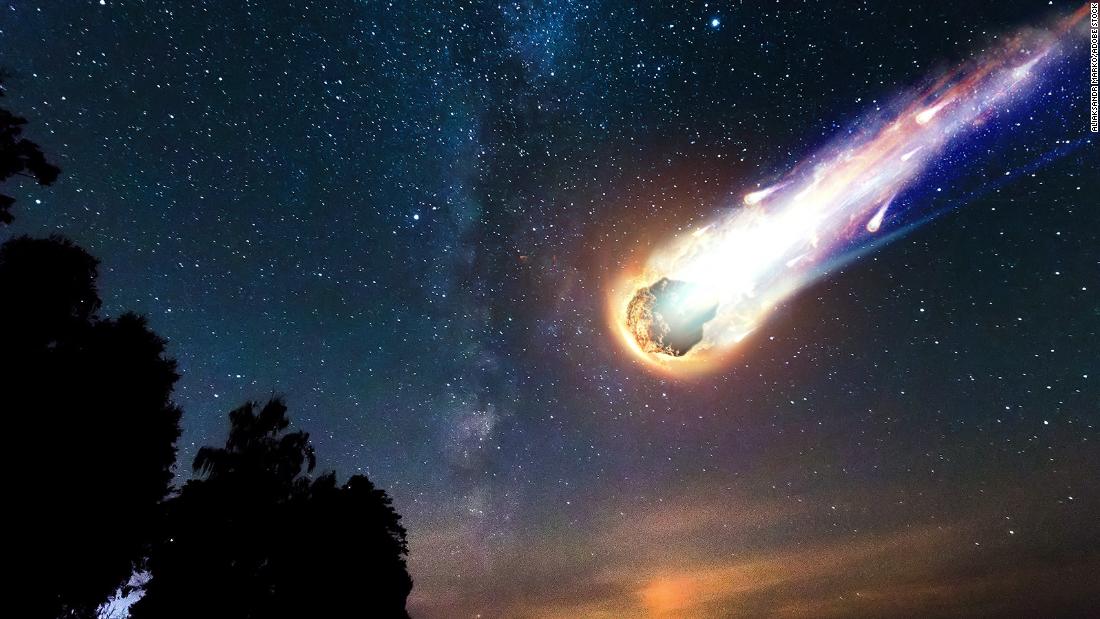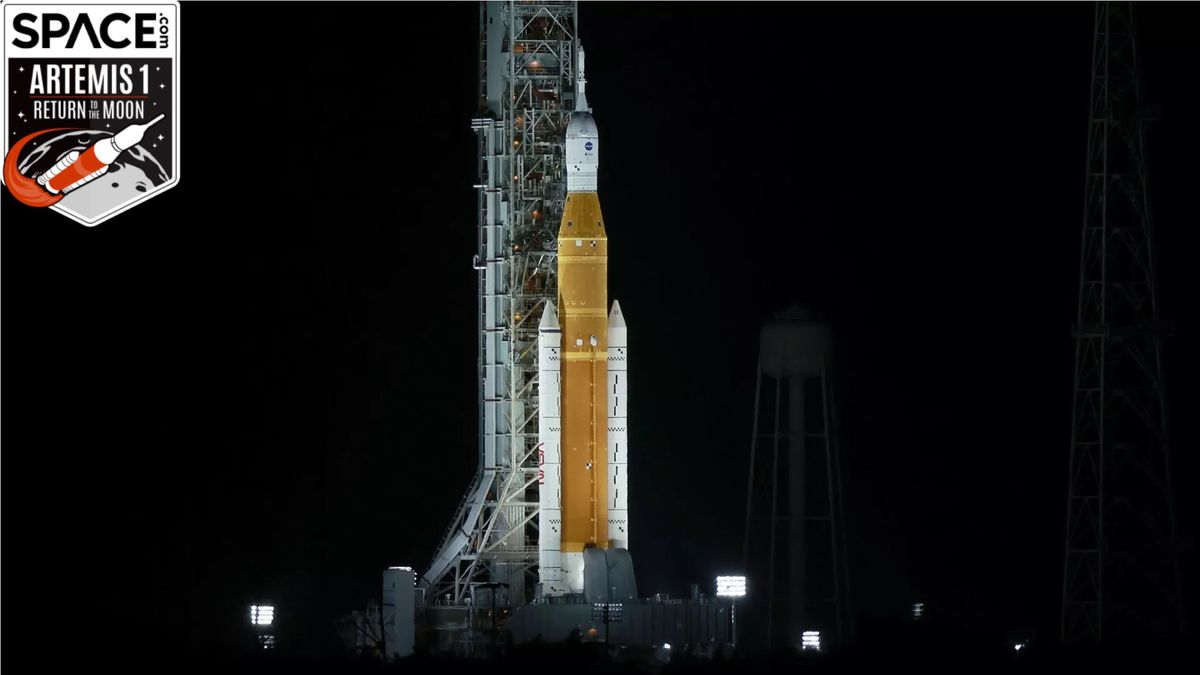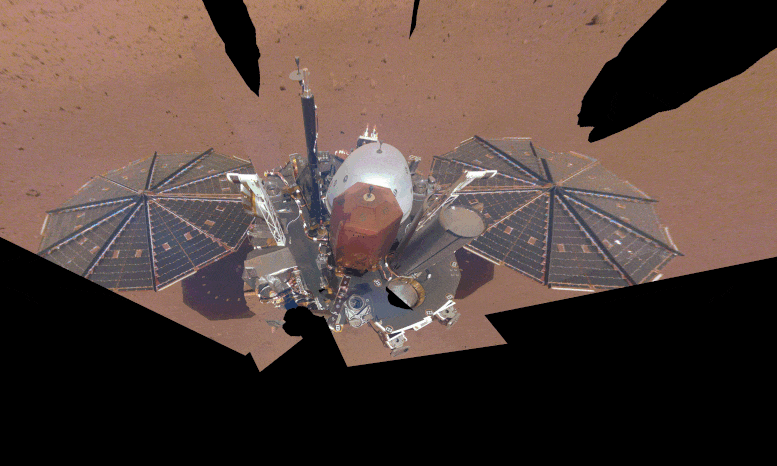
لأغراض المقارنة ، تتناوب هذه الصورة بين أول وآخر صور شخصية لـ Insight. استخدمت مركبة الهبوط الداخلية التابعة لناسا كاميرا على ذراعها الروبوتية لالتقاط صور السيلفي هذه في 6 ديسمبر 2018 – بعد 10 أيام من هبوطها على سطح المريخ – ومرة أخرى في 24 أبريل 2022. تُظهر صورة لاحقة طبقة سميكة من الغبار على مركبة الهبوط وألواحها الشمسية. الائتمان: NASA / JPL-Caltech
فيما يلي نظرة فاحصة على ما يجري لإكمال المهمة حيث تستمر قوة المركبة الفضائية InSight في النفاد.
النهاية قريبة[{” attribute=””>NASA’s Mars InSight lander. The day is fast approaching when the spacecraft will fall silent, ending its history-making mission to reveal secrets of the Red Planet’s interior. Since the spacecraft’s power generation continues to decline as windblown dust on its solar panels thickens, the engineering team has already taken steps to continue as long as possible with what power remains. Despite these efforts, it won’t be long now, as the end is expected to come in the next few weeks.
Although InSight’s tightknit 25-to-30-member operations team – a small group compared to other Mars missions – continues to squeeze the most they can out of InSight, they’ve also begun taking steps to wind down the mission.
Here’s a glimpse of what that looks like.

This is NASA InSight’s first full selfie on Mars. It displays the lander’s solar panels and deck. On top of the deck are its science instruments, weather sensor booms, and UHF antenna. The selfie was taken on December 6, 2018 (Sol 10). Credit: NASA/JPL-Caltech
Preserving Data
With InSight (short for Interior Exploration using Seismic Investigations, Geodesy and Heat Transport), the most important of the final steps of the mission is storing its trove of data and making it accessible to researchers around the world. Already, the data from the lander has yielded details about Mars’ interior layers, its liquid core, the surprisingly variable remnants beneath the surface of its mostly extinct magnetic field, weather on this part of Mars, and lots of quake activity. More insights are sure to follow, as scientists continue to sift through the data.
InSight’s seismometer, provided by France’s Centre National d’Études Spatiales (CNES), has detected more than 1,300 marsquakes since the lander touched down in November 2018. The largest quake it detected measured a magnitude 5. It even recorded quakes from meteoroid impacts. Observing how the seismic waves from those quakes change as they travel through the planet offers an invaluable glimpse into Mars’ interior. Beyond that, these observations also provide a better understanding of how all rocky worlds form, including Earth and its Moon.

NASA’s InSight Mars lander took this final selfie on April 24, 2022, the 1,211th Martian day, or sol, of the mission. The lander is covered with far more dust than it was in its first selfie, taken in December 2018, not long after landing. Credit: NASA/JPL-Caltech
“Finally, we can see Mars as a planet with layers, with different thicknesses, compositions,” said Bruce Banerdt of NASA’s Jet Propulsion Laboratory (JPL) in Southern California, the mission’s principal investigator. “We’re starting to really tease out the details. Now it’s not just this enigma; it’s actually a living, breathing planet.”
The seismometer readings will join the only other set of extraterrestrial seismic data, from the Apollo lunar missions, in NASA’s Planetary Data System. They will also go into an international archive run by the Incorporated Research Institutions for Seismology, which houses “all the terrestrial seismic network data locations,” said JPL’s Sue Smrekar, InSight’s deputy principal investigator. “Now, we also have one on Mars.”
Smrekar said the data is expected to continue yielding discoveries for decades.

The rocket that launched NASA’s InSight lander to Mars in 2018 is seen at Vandenberg Air Force Base, now called Vandenberg Space Force Base. Credit: NASA/JPL-Caltech/Charles Babir
Managing Power
Earlier this summer, the lander had so little power remaining that the mission turned off all of InSight’s other science instruments in order to keep the seismometer running. They even turned off the fault protection system that would otherwise automatically shut down the seismometer if the system detects that the lander’s power generation is dangerously low.
“We were down to less than 20% of the original generating capacity,” said Banerdt. “That means we can’t afford to run the instruments around the clock.”
Recently, after a regional dust storm added to the lander’s dust-covered solar panels, the team decided to turn off the seismometer altogether in order to save power. Now that the storm is over, the seismometer is collecting data again. However, the mission expects the lander only has enough power for a few more weeks.
Of the seismometer’s array of sensors, only the most sensitive were still operating, said Liz Barrett, who leads science and instrument operations for the team at JPL, adding, “We’re pushing it to the very end.”
https://www.youtube.com/watch؟v=ZSXnw-fJbGk
حزم التوأم
والعضو الأكثر هدوءًا في المجموعة هو Foresight ، النموذج الهندسي الشامل لمختبر الدفع النفاث InSight. معمل الأجهزة في الموقع. استخدم المهندسون فورسايت للتدرب على كيفية وضع InSight للأدوات العلمية على سطح المريخ ، جنبًا إلى جنب مع الذراع الروبوتية لمركبة الهبوط. تقنيات الاختبار للوصول إلى داخل المسبار الحراري للهبوط تربة المريخ اللزجةوخلق الطرق تقليل الضوضاء مأخوذة بمقياس الزلازل.
يتم تخزين البصيرة ووضعها في التخزين. قال بانيرت: “سنقوم بتعبئته بعناية”. “إنها أداة رائعة ، رفيق رائع لنا في هذه المهمة بأكملها.”

في موقع اختبار في مختبر الدفع النفاث ، يتدرب المهندسون على استخدام أدوات InSight باستخدام Foresight ، وهي نسخة طبق الأصل كاملة الحجم لمركبة الهبوط التي سيتم تخزينها في الصندوق بعد المهمة. يرتدي العديد من المهندسين النظارات الشمسية لحجب الأضواء الصفراء الساطعة التي تعكس ضوء الشمس على المريخ. الائتمان: NASA / JPL-Caltech / IPGP
يعلن إنجاز المهمة
جزء من ذلك هو عندما غابت InSight عن جلستين متتاليتين من الاتصالات مع مركبة كوكب المريخ شبكة ترحيل المريخ، ستعلن وكالة ناسا اكتمال المهمة. ومع ذلك ، لا تنطبق هذه القاعدة إلا إذا كان المسبار هو سبب فقد الاتصال ، كما قال روي غلادين ، مدير شبكة مختبر الدفع النفاث. بعد ذلك، شبكة الفضاء السحيق التابعة لناسا وسوف يستغرق بعض الوقت.
ومع ذلك ، لن تكون هناك أعمال بطولية لإعادة الاتصال مع InSight. على الرغم من أنه من غير المحتمل حدوث حدث لتوفير العمل مثل الرياح القوية لتنظيف الألواح ، إلا أنه يعتبر غير مرجح.
في غضون ذلك ، سيستمر الفريق في جمع البيانات طالما ظل برنامج InSight على اتصال. قال بانيرت: “سنفعل أكبر عدد ممكن من القياسات العلمية”. “نحن تحت رحمة المريخ. الطقس على المريخ ليس مطرًا وثلجًا ، والطقس على المريخ غبار ورياح”.
المزيد عن المهمة
يدير مختبر الدفع النفاث (JPL) التابع لناسا برنامج InSight التابع لمديرية العمليات العلمية التابعة لناسا. يعد InSight جزءًا من برنامج Discovery Program التابع لناسا ، والذي يديره مركز مارشال لرحلات الفضاء التابع للوكالة في هنتسفيل ، ألاباما. قامت شركة لوكهيد مارتن للفضاء في دنفر ببناء مركبة الفضاء إنسايت ، والتي تتضمن مرحلة الرحلات البحرية ومركبة الهبوط ، وتدعم عمليات المركبات الفضائية للمهمة.
يدعم العديد من الشركاء الأوروبيين مهمة InSight ، بما في ذلك المركز الوطني الفرنسي للدراسات الفضائية (CNES) ووكالة الفضاء الألمانية (DLR). قام المركز الوطني الفرنسي للدراسات الفضائية ، جنبًا إلى جنب مع الباحث الرئيسي في IPGP (Institut de Physique du Globe de Paris) ، بتزويد ناسا بأداة تجربة زلزالية. جاءت المساهمات الهامة في نظام المعلومات البيئية المشترك من IPGP ؛ معهد ماكس بلانك لأبحاث النظام الشمسي (MPS) في ألمانيا ؛ المعهد الفدرالي السويسري للتكنولوجيا (ETH زيورخ) في سويسرا ؛[{” attribute=””>Imperial College London and Oxford University in the United Kingdom; and JPL. DLR provided the Heat Flow and Physical Properties Package (HP3) instrument, with significant contributions from the Space Research Center (CBK) of the Polish Academy of Sciences and Astronika in Poland. Spain’s Centro de Astrobiología (CAB) supplied the temperature and wind sensors, and the Italian Space Agency (ASI) supplied a passive laser retroreflector.


